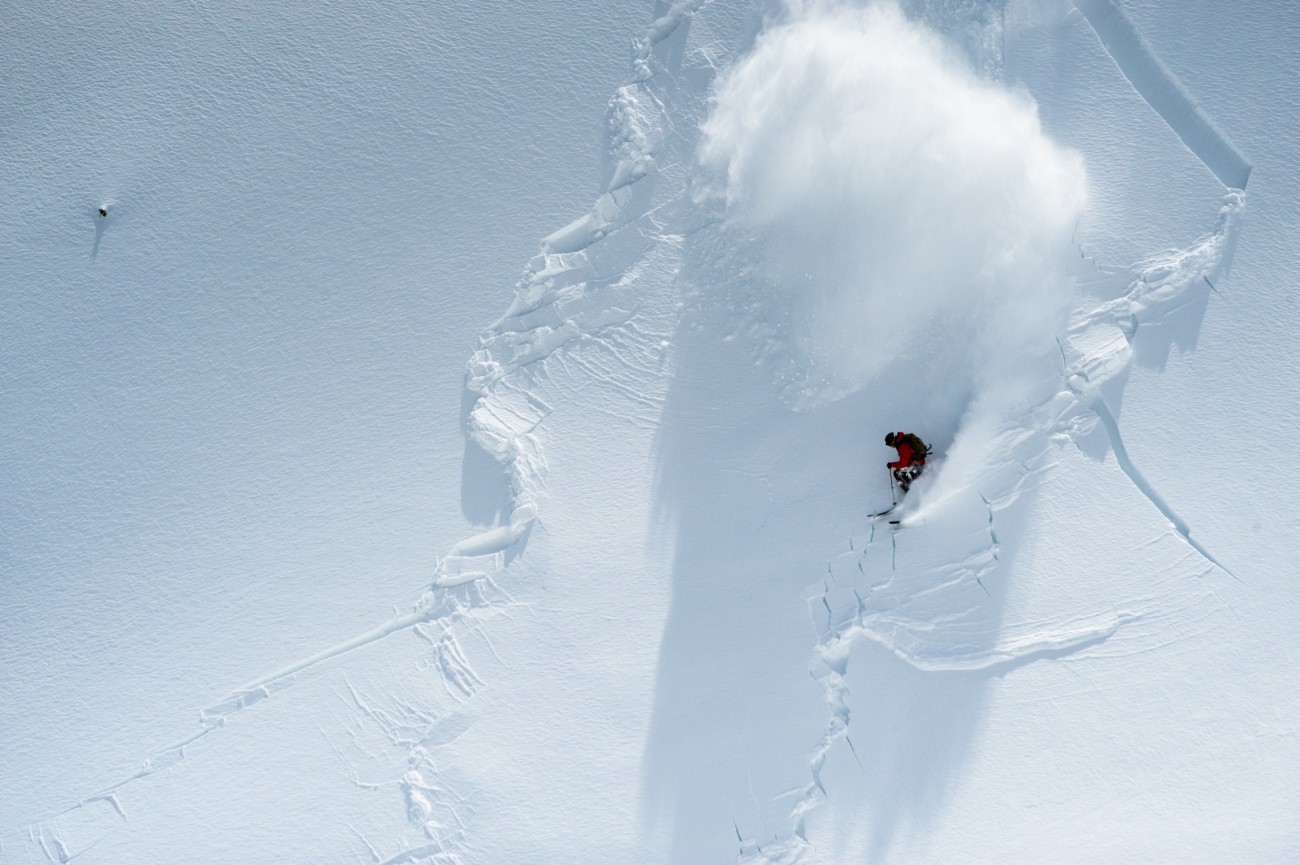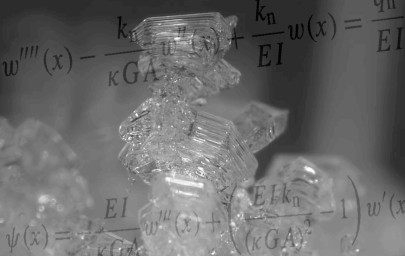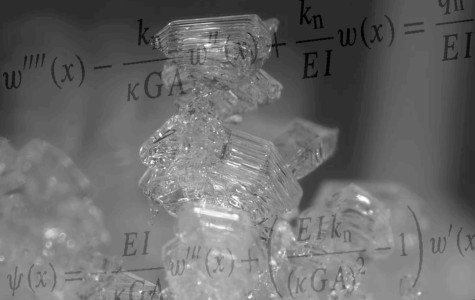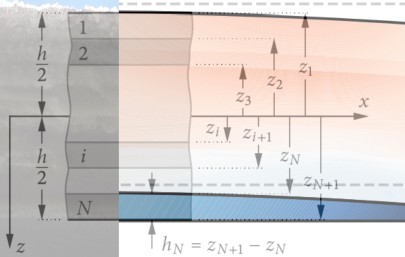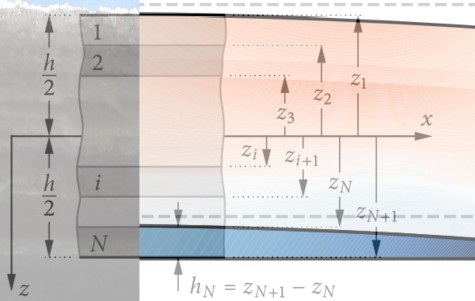Avalanche formation
Slab avalanches originate from a fracture in the weak layer, a porous and fragile layer covered by a dense and cohesive snow slab. Typical weak layers are buried surface hoar or depth hoar. This layer can be damaged by skiers or other loads, leading to a crack that may quickly extend over a large area. If the slope is steep enough, the slab can slide and form an avalanche.
At the Center of Snow and Avalanche Research, we model this failure mechanism using classical structural mechanics and modern fracture mechanics. The theories have their origins in the engineering sciences and are taught as part of all engineering degree programs. It is essential to validate such models with the help of field tests. For this reason, we work closely with the WLS Institute for Snow and Avalanche Research in Davos, the world's largest center for avalanche research.
Dr.-Ing. Philipp Rosendahl,
CSAR founder and head
We treat snow as an engineering material and investigate material properties that are then used in mathematical models for the prediction of avalanches.

Predictions of physical processes are simply not possible without reliable material parameters. As engineers, we study snow like an engineering material and recognize that even basic properties have hardly been precisely measured. For example, knowledge of fracture properties is essential in order to predict crack growth. Moreover, we lack knowledge of strength, especially in the interaction between normal and shear stresses, which are relevant in inclined terrain. We develop, model, verify, and validate field experiments to determine such parameters. We accompany these processes from the determination of material parameters to their use in modeling and their practical application for hazard assessment in the field.
Engineers are trained to solve complex physical problems analytically using mathematical models. We have found that numerical methods are not essential to accurately describe the deformations of a snowpack. The combination of simple, fundamental mechanical models with modern theories of fracture mechanics provides fast and efficient forecasting tools. Our aim is to describe even the complex microstructure of snow on the basis of simple models. The investigation of material and structural properties on this scale enables an understanding ofthe macroscopic material behavior. Analytical solutions enrich snow research, which can quickly become very complex. They enable evaluation in real time, which is crucial for practical applications.
The Weak-Layer Anticrack Nucleation Tool (WEAC) is an open-source, closed-form analytical model designed for the mechanical analysis of dry-snow slabs on compliant weak layers. It enables the prediction of anticrack onset, and, in particular, allows for the analysis of stratified snow covers. Moreover, it can be applied for the assessment and design of field experiments. Contribute on Github or install the Python package.
Head
| Name | Contact | |
|---|---|---|

| Dr.-Ing. Philipp Rosendahl Center of Snow and Avalanche Research | rosendahl@ismd.tu-... +49 6151 16-23013 L5|06 639 |
Team
| Name | Contact | |
|---|---|---|

| Dr.-Ing. Florian Rheinschmidt Center of Snow and Avalanche Research | rheinschmidt@ismd.tu-... +49 6151 16-23035 L5|06 626 |

| Valentin Adam M.Sc. Center of Snow and Avalanche Research | adam@ismd.tu-... +49 6151 16-23035 L5|06 626 |
Alumni
| Name | Contact | |
|---|---|---|

| Johannes Schneider M.Sc. Center of Snow and Avalanche Research | j.schneider@ismd.tu-... |

